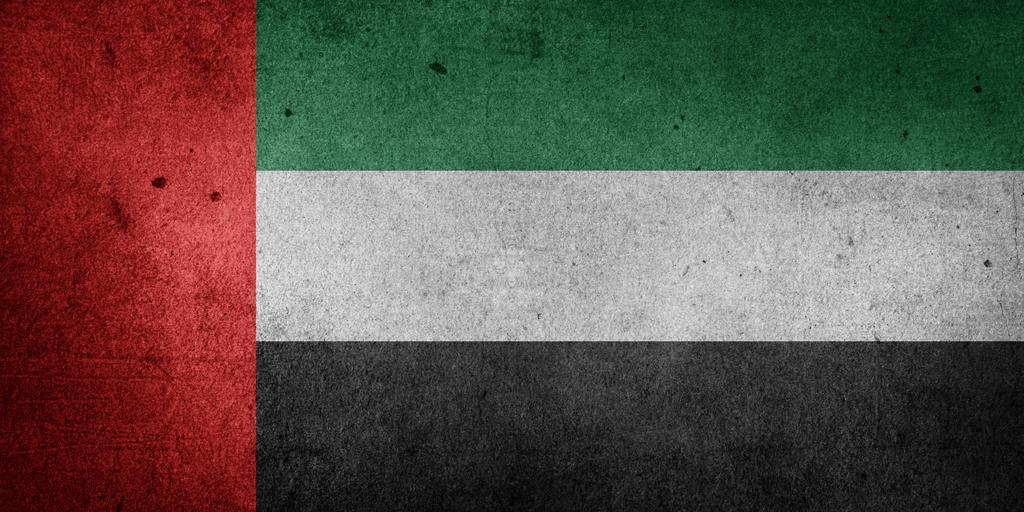
A misconception many people have is whether Dubai is in Saudi Arabia. While both are prominent destinations in the Middle East, Dubai is not part of Saudi Arabia. Instead, Dubai is one of the seven emirates that make up the United Arab Emirates (UAE), a separate country neighboring Saudi Arabia. This article clarifies the geographical, cultural, and political distinctions between Dubai and Saudi Arabia while addressing frequently asked questions.
Where Is Dubai Located?
Dubai is situated on the southeast coast of the Persian Gulf and is the most populous city in the UAE. Here’s a quick breakdown:
- Country: United Arab Emirates (UAE)
- Neighboring Countries: Saudi Arabia (to the south), Oman (to the east)
- Key Features: Known for luxury shopping, ultramodern architecture, and a vibrant nightlife
Is Dubai the Capital of the UAE?
No, Abu Dhabi is the capital of the UAE, though Dubai is the most internationally recognized city.
Saudi Arabia vs. UAE: Key Differences
While both nations are part of the Gulf Cooperation Council (GCC) and share Islamic traditions, they have distinct differences:
| Aspect | Saudi Arabia | UAE (Including Dubai) |
|---|---|---|
| Government | Absolute Monarchy | Federation of Emirates |
| Currency | Saudi Riyal (SAR) | UAE Dirham (AED) |
Why Do People Confuse Dubai with Saudi Arabia?
Several factors contribute to this confusion:
- Geographical Proximity – Both are in the Arabian Peninsula.
- Cultural Similarities – Shared Islamic traditions and Arabic language.
- Global Perception – Many associate the entire Gulf region with Saudi Arabia due to its size and influence.
Traveling Between Dubai and Saudi Arabia
- By Road: The trip from Dubai to Riyadh takes about 8-10 hours via the UAE-Saudi highway.
- By Air: Direct flights from Dubai to major Saudi cities (Riyadh, Jeddah) take around 2 hours.
For visa requirements, check the official portals:
Conclusion
To answer the question, “Is Dubai in Saudi Arabia?”—No, Dubai is a major city in the United Arab Emirates, a separate country from Saudi Arabia. While both nations share cultural and religious ties, they have distinct governments, economies, and travel policies. Understanding these differences helps in planning visits or business engagements in the region.




